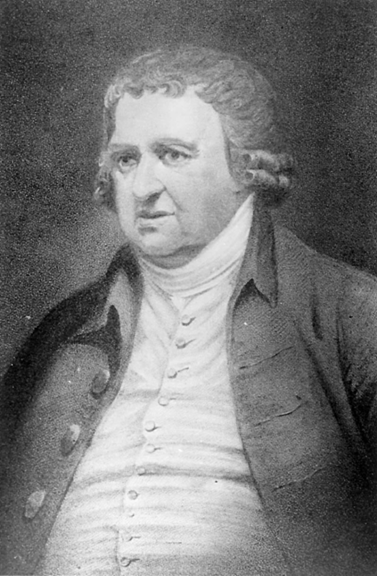Apgar
Oxygen
an urgent ongoing need
Transition
fetal to postnatal circulation
Tradition
Protocols
Outcomes
>>Concerns (NCS p1)
Question Authority
References
Links
Notes
Contact: Eileen Nicole Simon
eileen4brainresearch@yahoo.com
Children's Study
respiratory blood
a human invention
a long tradition
Pregnancy and Infant Working Group of the National Children's Study (NCS)
heart is the earliest organ to become functional, and between the fourth and fifth
weeks of development begins circulating erythrocytes produced in the embryonic yolk
sac [1]. The placenta becomes a major component of the cardiovascular system
between the eighth and tenth weeks [1, 2]. Blood is pumped by the fetal heart through
the umbilical arteries to the placenta, where replenished with oxygen and nutrients it
returns via the umbilical vein [2, 3]. Placental blood is therefore part of the fetal

purpose of giving due oxygenation to the blood of the fetus; which
is more necessary, or at least more frequently necessary, than
even the supply of food" [4, p192]. Oxygen is the most urgently
essential ongoing need of all species dependent for survival upon
aerobic metabolism.
evidence that the infant's first breath redirects blood from the
placenta to the lungs [5]. This so-called "placental transfusion"
fills the capillaries surrounding the alveoli, causing them to
open [6]. Placental blood is respiratory blood, and appears by
nature's design intended for perfusion of the lungs at birth [7].
from Dunn 2003 [7b]
(a work in progress)